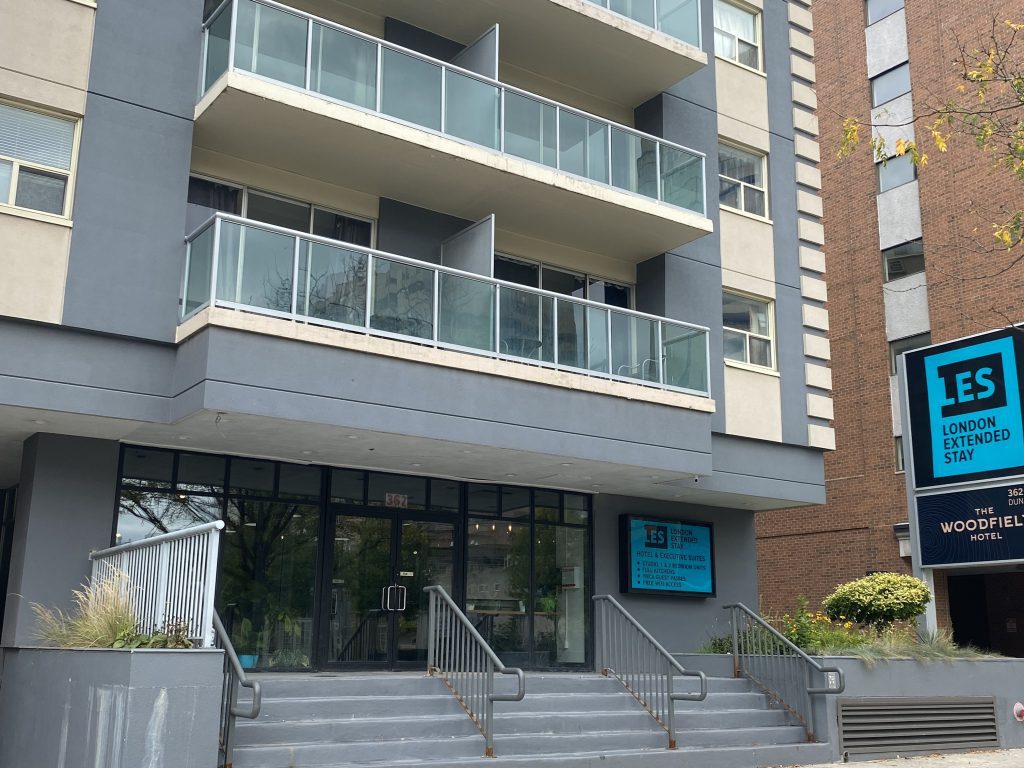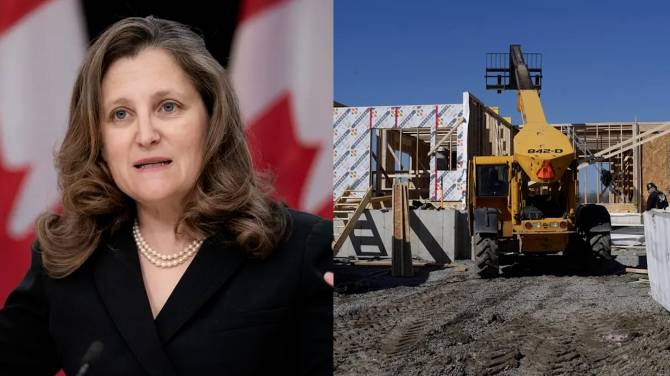The City of London is contributing $2.7 million to London Cares and the House of Hope to build on early successes with supportive housing downtown.
The House of Hope, named by its residents, was established in October last year. established in October last year through a partnership between London Health Sciences Centre (LHSC) and London Cares.
Home and Community Care Support Services, London InterCommunity Health Centre, and H.O.M.E program collaborators provide support and input to the units.
The House of Hope has been very successful by all measures.
Anne Armstrong, executive director of London Cares, expressed surprise at the early level of success, given the significant challenge of moving people directly from the streets into housing.
The residents have settled in well, building a community within the building and helping each other.
Thirty percent of the residents have reconnected with family after moving into highly supportive housing, according to Armstrong.
The first three months saw a 74-percent reduction in emergency department visits compared to the same time period and cohort in 2022, and no residents have been evicted from the building.
Armstrong appreciates the city's strong push for more supportive housing, as the evidence shows that it works.
Armstrong emphasized the need for wraparound supports, especially for the most complex cases, as they are crucial for people to thrive in housing.
The success of the partnership has exceeded expectations, according to Armstrong.
The spaces will assist people with complex health needs, including discharged hospital patients at risk of readmission due to chronic homelessness.
Kevin Dickins, deputy city manager of social and health development, echoed the idea that supportive housing, and the Whole of Community System Response plan, works.
Dickins emphasized the importance of signaling to the community about the plan and the project that's ready to go.
Having a clear plan is a great benefit, according to Dickins.
The city aims to create 600 supportive housing units over the next three years, with 93 already in place.
Plans to convert a vacant long-term care home south of downtown will add another 40 units to that count.
Creating more highly supportive housing units allows people to transition out of hubs, stabilize, receive support, and move into housing, according to Dickins.
Ultimately, the system can assist individuals in different ways when they choose to move out independently.
Intake for the new units will start in May.




